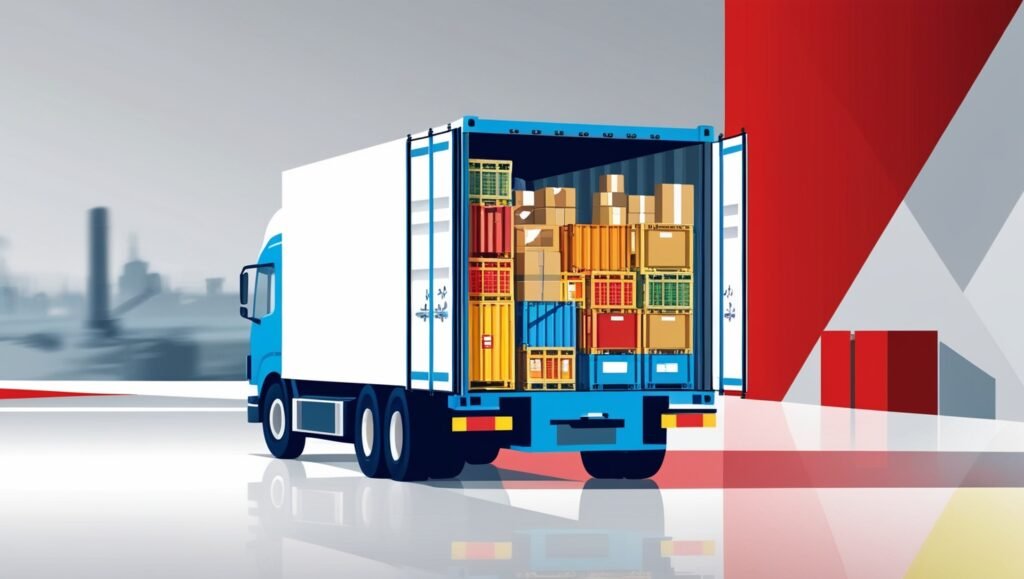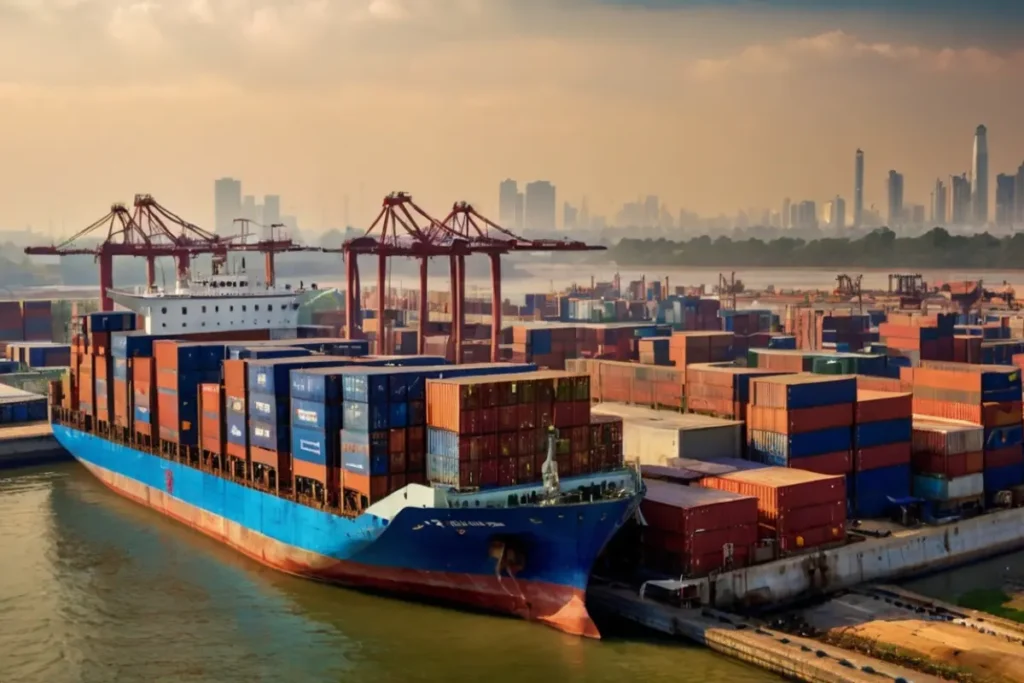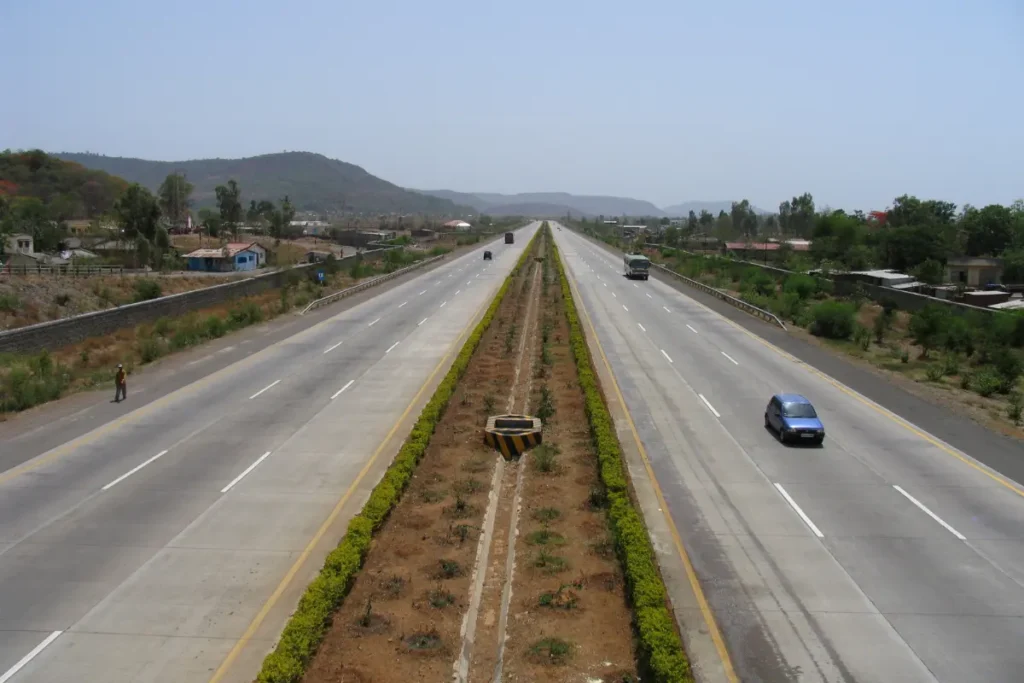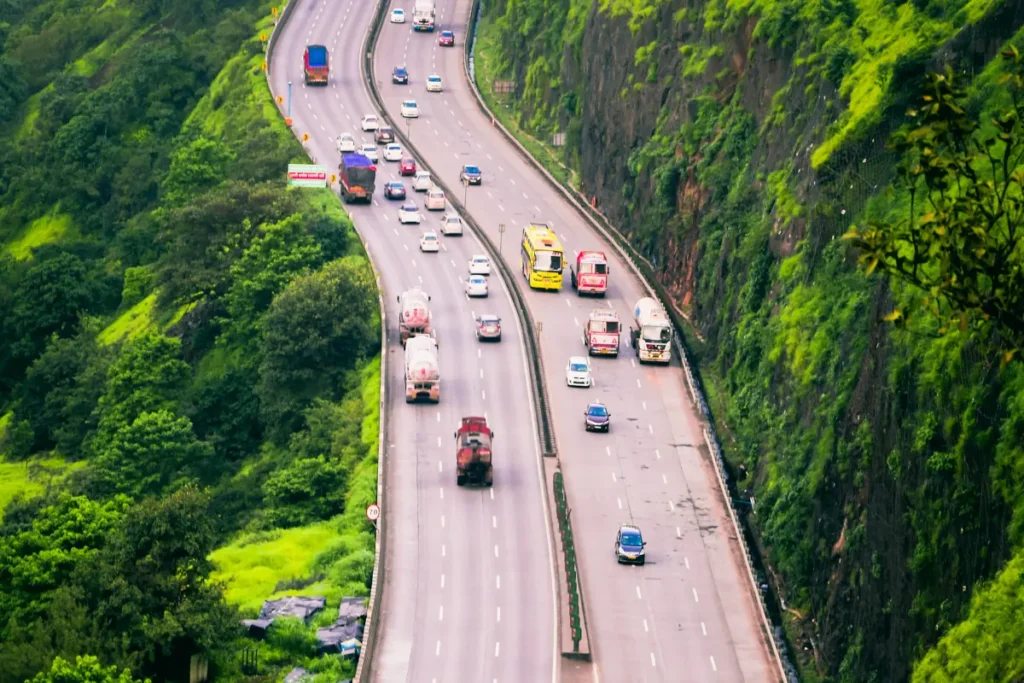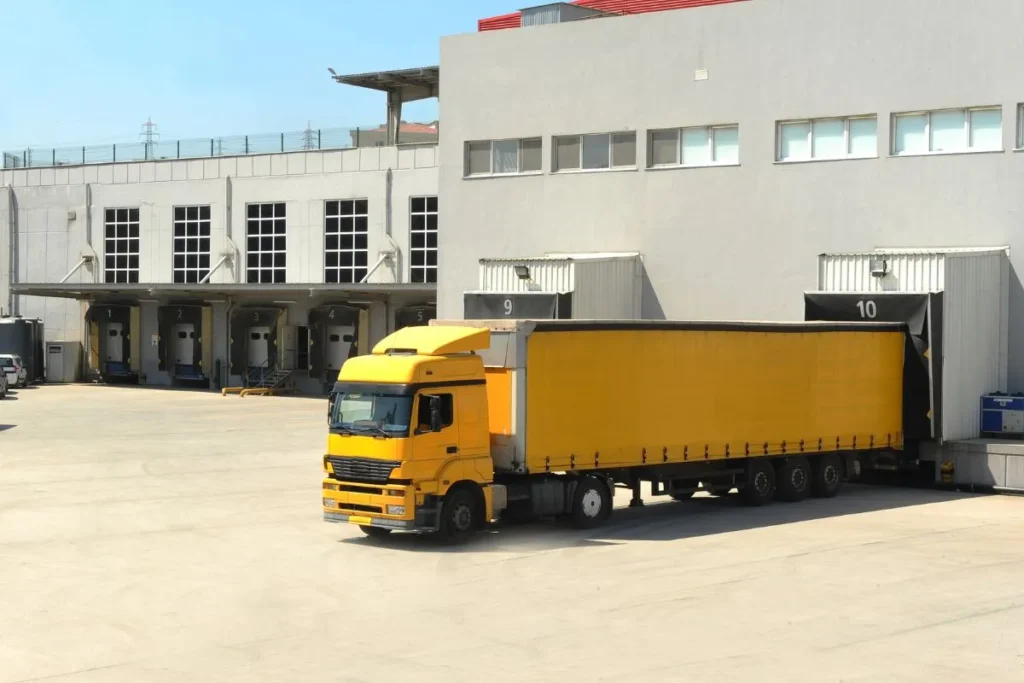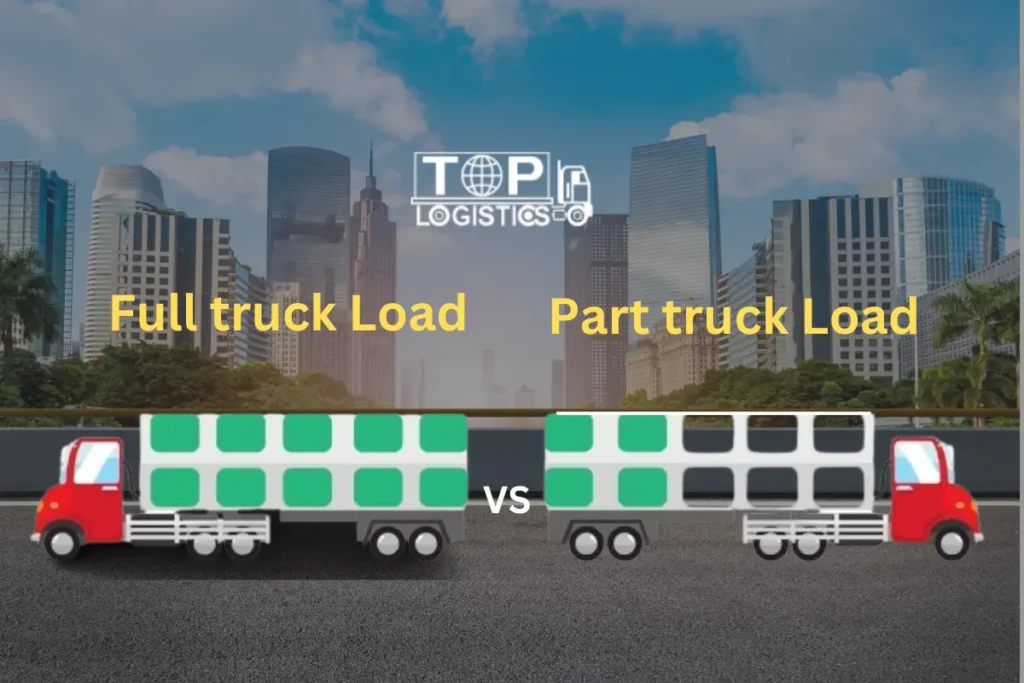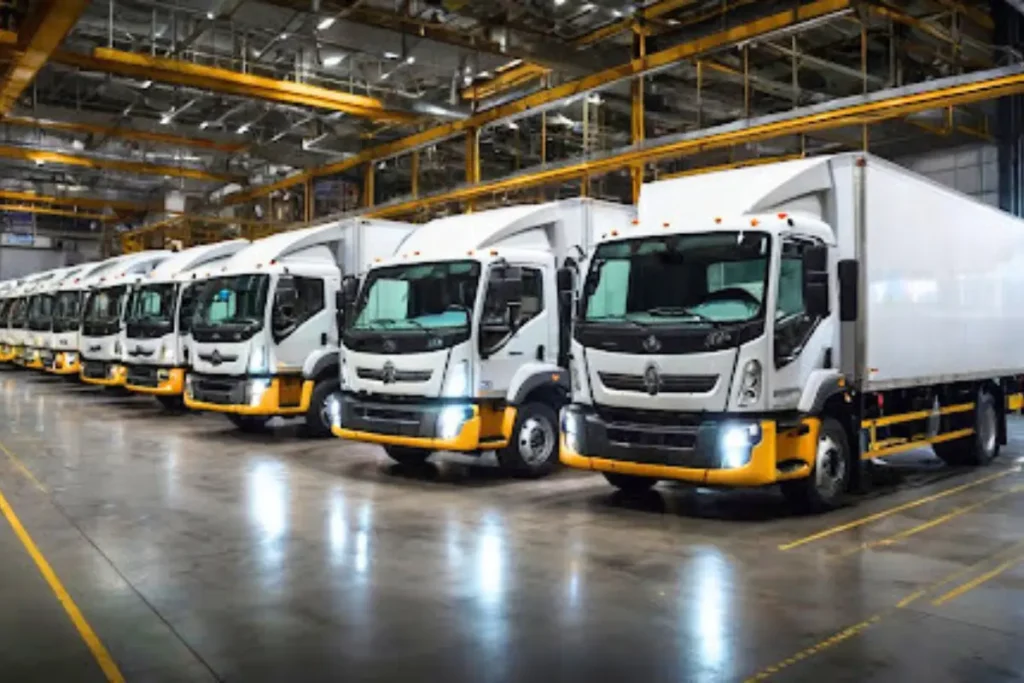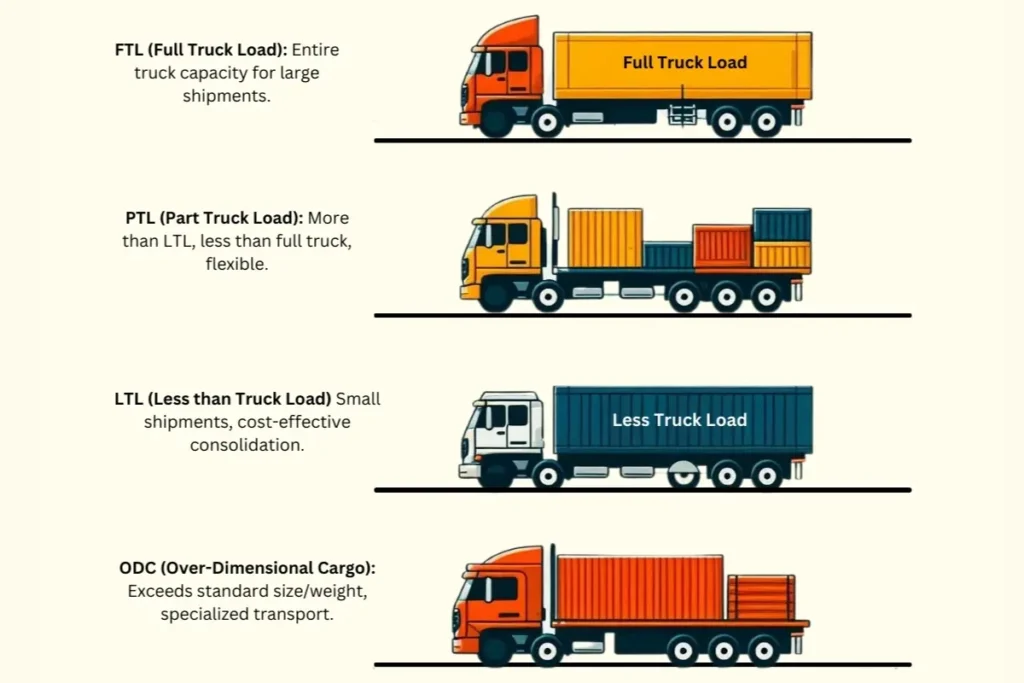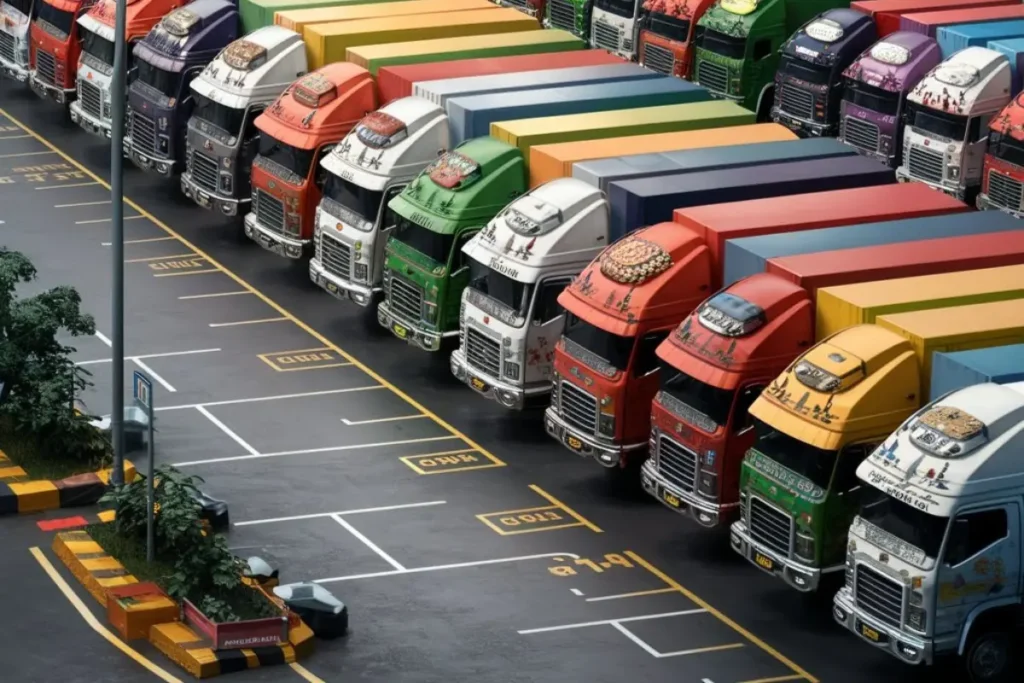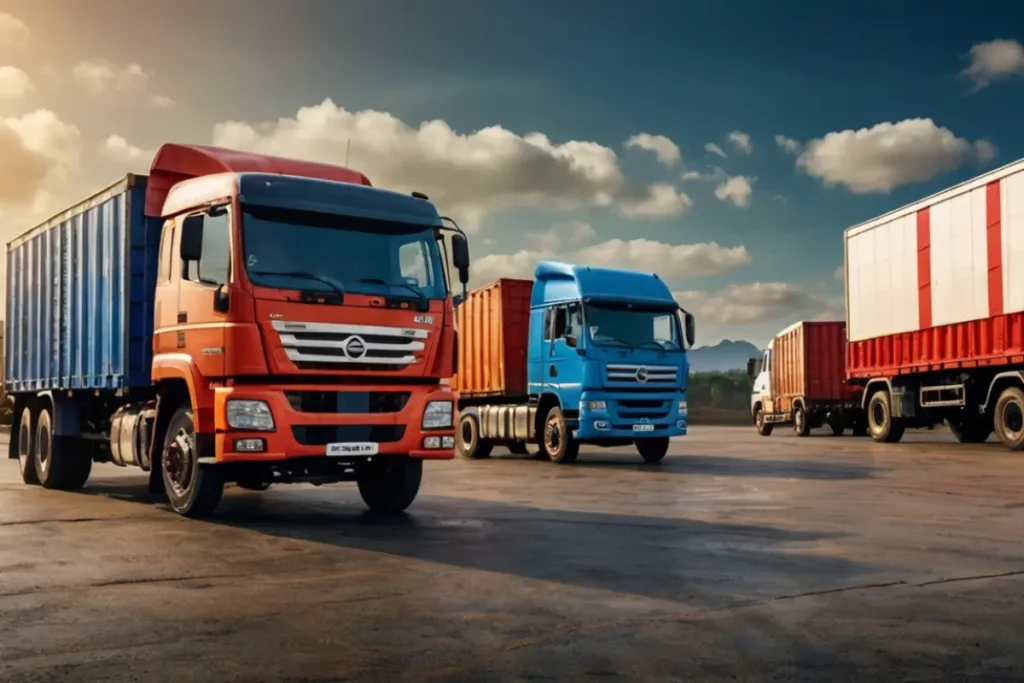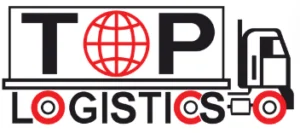Goods in Transit Insurance
Goods in Transit Insurance offers essential financial protection against losses from accidents, theft, or damage. This coverage is vital for businesses in sectors like retail and manufacturing, safeguarding high-value and perishable items from unforeseen risks.In this guide, we’ll cover the meaning and importance of Goods in Transit Insurance, the types of policies available, costs, exclusions, and the claims process. With the right coverage, businesses can operate confidently, knowing their assets are protected.

